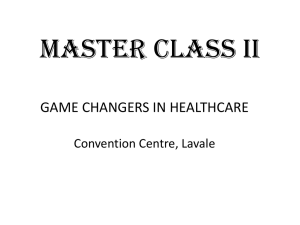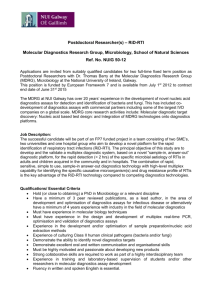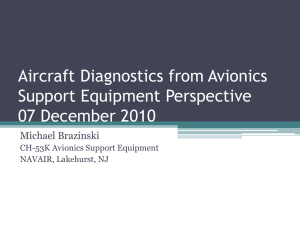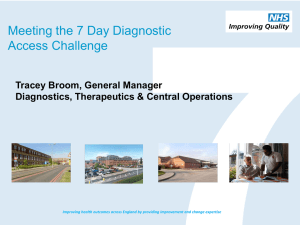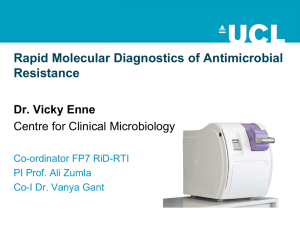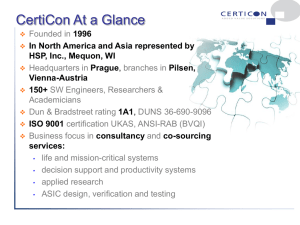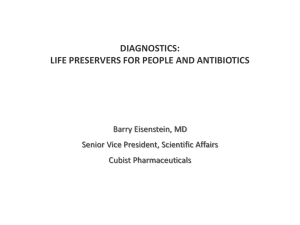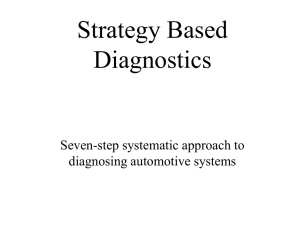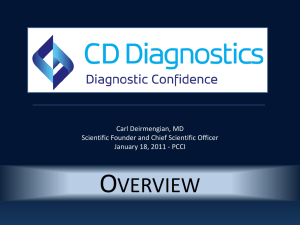PowerPoint-Präsentation
advertisement
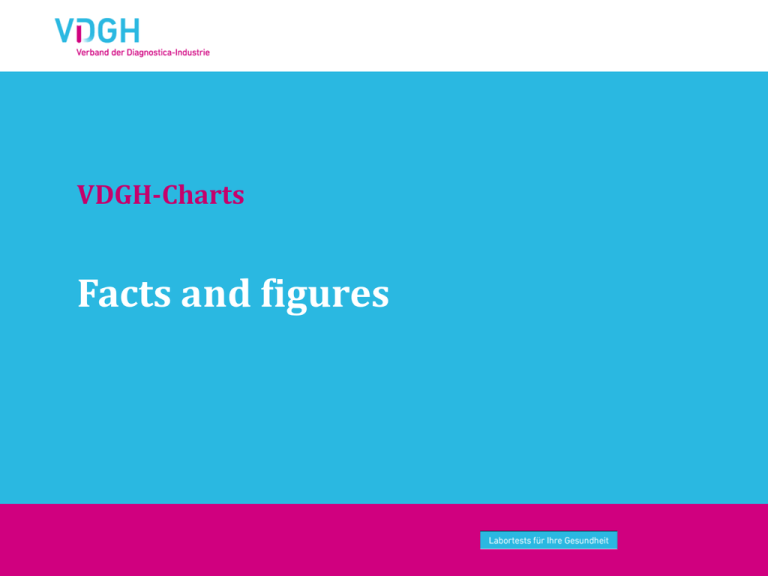
VDGH-Charts Facts and figures Expenditure dynamics (indexed) • Health policy decisions are often taken against the backdrop of a rise in spending in Statutory Health Insurance (GKV). Official statistics show that the costs of laboratory testing are not driving the spending increase. Over the past 15 years, total GKV expenses have risen by 46%, while spending on laboratory tests has increased by only 30% (i.e. for lab tests the spending increase was slower by one third). Lab tests as a percentage of GKV expenditure • Since 1997, laboratory expenses as a percentage of total GKV costs have fallen from 3.26% to 2.94%, i.e. by almost 10%. At the same time, the number of lab tests performed has increased substantially. • The diagnostics industry drives these efficiency gains through the pressure on the prices for its products. In a worldwide comparison, Germany has the lowest prices for a large number of laboratory parameters1.. 1 Borges 2011 Diagnostics industry and Healthcare • In the figures provided by the German Federal Statistical Office, spending on laboratory diagnostics by the Statutory Health Insurance (GKV) came to € 4.95 billion in 2011 (outpatient: € 2.08 billion, hospital: € 2.85 billion). This accounts for only 2.94% of total GKV expenditure. If total healthcare expenditure (including private health insurers and self-paying patients etc) is factored in, the share of lab services is even lower at 2.51%. Conclusion: Laboratory costs do not have a significant impact on healthcare costs. R&D spending • About 10% of domestic sales in the diagnostics industry is ploughed back into research and development. This percentage is well above that of other sectors and is topped only by the pharmaceutical industry. • 53% of diagnostics companies are planning to expand their research investment in 2013: Germany as a center of innovation deserves a great deal of trust and confidence. Structure of the IVD and LSR sector • There is a wide range in the sizes of the companies. The sector includes small firms (up to 49 employees), mid-sized companies (50-499 employees) and international corporations (more than 500 employees). • The dominant groups in terms of percentage are small firms (45.3%) and mid-sized companies (47.4%). Only 7.3% of companies are large corporations with over 500 staff. • Small and mid-sized enterprises (SMEs) are the backbone of the diagnostics and LSR sector. They are very much dependent on their entrepreneurial initiative not being smothered by bureaucracy and by ever more demanding regulations for market access. Growth IVD market in a European comparison • Sales in the German diagnostics market came to € 2.14 billion in 2012. Germany is the largest diagnostics market in the European Union (EU). The market dynamics look quite different. In the European perspective, Germany was not among the growth drivers in the years 2011 and 2012: sales in the German market dropped by 1.5% in 2012. Restrictive laboratory fees for communitybased doctors were among the main underlying reasons. • Sales in the LSR market in Germany amounted to € 1.72 billion in 2012. Compared with the previous year, a sales decline by 3.3% was recorded. Employment and sector structure • In 2012, the diagnostics industry employed about 21,000 people and the LSR industry around 11,200 people. The number of persons employed in these industries has climbed steadily in recent years. Research and development (R &D) has accounted for somewhere between 12 and 15% of this workforce over the past five years, putting it among the leaders for all of German industry in this respect. What we offer • 70% of the companies research and manufacture in Germany • a sector resilient to crisis, with highly qualified employees • rising employment numbers and ca. 1,000 training positions • stable investments What we need • sound framework conditions in the home market Germany • research-friendly policies • faster access to innovations in health care • further development of the European IVD legislation Photo: ORGENTEC
